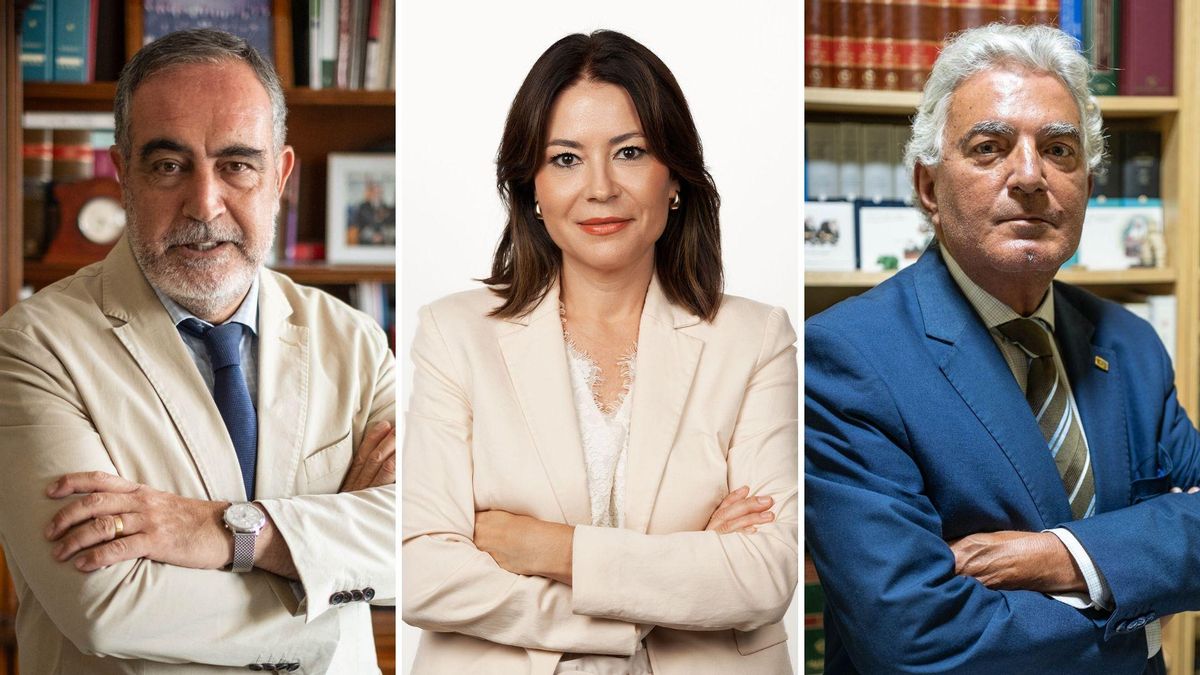PhD Researchers at the IAC Explore Galactic Archaeology and the Search for ‘Other Worlds’ at the Museum of Science and the Cosmos
The initiative aims to engage the public with key astrophysical research topics presented in the first person by those involved in the work
The Museum of Science and the Cosmos (MCC), part of the Autonomous Organization of Museums and Centres of the Tenerife Cabildo, will host the second session of the scientific dissemination cycle “From the Sky to the Thesis” on Thursday, 25 September at 16:30. This initiative is organised in collaboration with the University of La Laguna (ULL) and the Institute of Astrophysics of the Canary Islands (IAC).
Driven by PhD students from the IAC, the initiative aims to bring key astrophysical research topics closer to the public, delivered in the first person by the researchers themselves. Each monthly session features two brief talks by early-career researchers. Entry is free until capacity is reached.
Featured Talks
This edition will feature the presentations “Galactic Archaeology: How the Ages of Stars Reveal the Past of Our Galaxy” by David Mirabal Betancort, and “Worlds Beyond the Sun: From Gas and Dust to an Infinite Number of Planets” by Samuel Geraldía González.
Deciphering the Past of the Milky Way
The Milky Way, our galaxy, conceals a history marked by diverse episodes such as the birth of stars in primordial gas clouds, collisions with other galaxies, and periods of intense star formation. Each stage has left traces that can still be read in the stars, genuine “cosmic fossils” that preserve the memory of these processes. In this talk, David Mirabal Betancort, a PhD researcher at the IAC, will guide us on a journey spanning nearly 14 billion years to reconstruct the evolution of the Milky Way, using star ages as essential clues.
Mirabal completed his undergraduate degree in Physics and his Master’s in Astrophysics at ULL. He is currently investigating the formation and evolution of the Milky Way as part of the ChronoGal project, which utilises data from the Gaia satellite to unveil the history of our galaxy with unprecedented detail. This project has enabled the characterisation of the history of star formation in different components of the Milky Way, helping to enhance our understanding of how the galactic disc formed and the role cosmic collisions played in its evolution.
The Diversity of Exoplanets
In just three decades, our knowledge has evolved from only knowing the planets of our Solar System to discovering thousands of worlds orbiting other stars. These exoplanets, formed from gas and dust discs around young stars, have transformed our understanding of the cosmos and raised new questions about the diversity and habitability of these worlds.
The conference by Samuel Geraldía González, also a PhD researcher at the IAC, will explore the process of planet formation from their earliest traces in protoplanetary discs to their final configuration. He will explain the most commonly used detection techniques—such as radial velocity and transit methods—and focus on the so-called “water worlds,” planets rich in water that might offer clues about the existence of life beyond Earth.
Geraldía graduated in Physics and completed his Master’s in Astrophysics at ULL, where he worked on observational projects and data analysis from space missions like TESS and CoRoT, successfully identifying and characterising new exoplanets. He is currently developing his doctoral thesis under the supervision of Enric Pallé and Gaia Lacedelli, focusing on the study of planetary systems using radial velocity and transit techniques, with a special interest in sub-Neptunian planets, a type that is rare in our Solar System but abundant in the galaxy.














